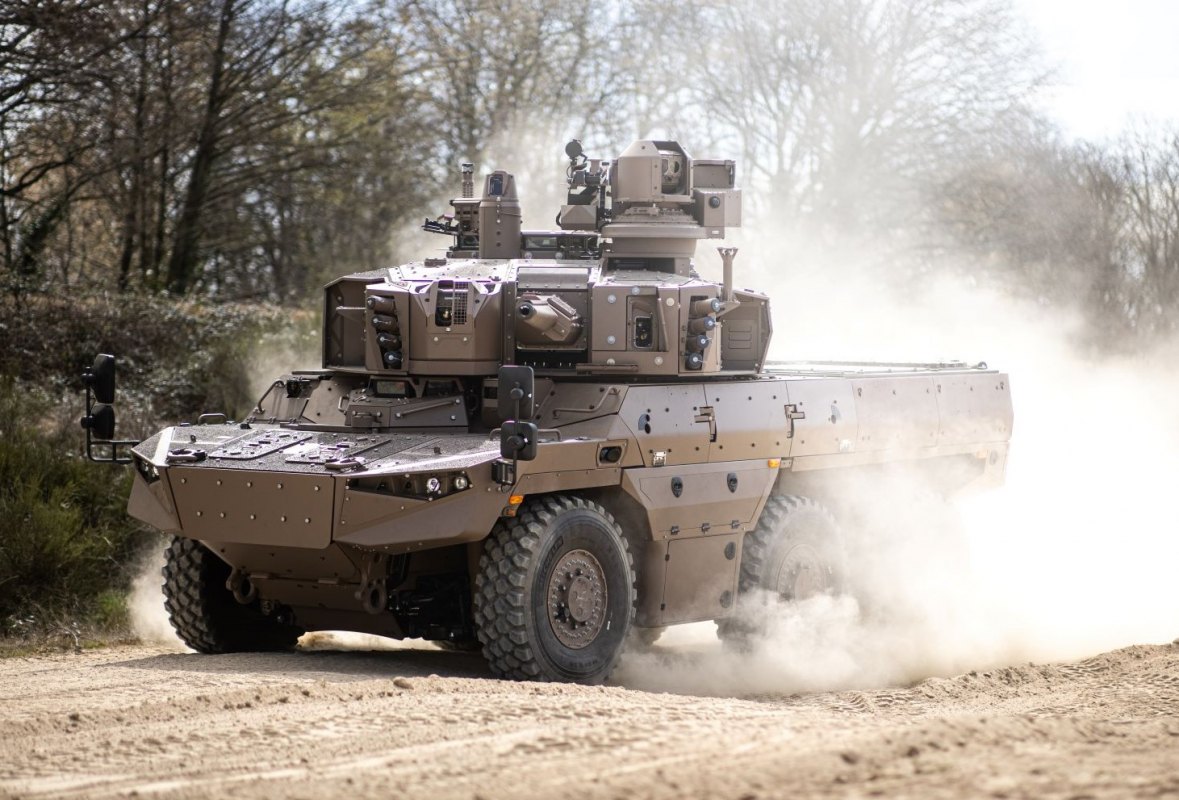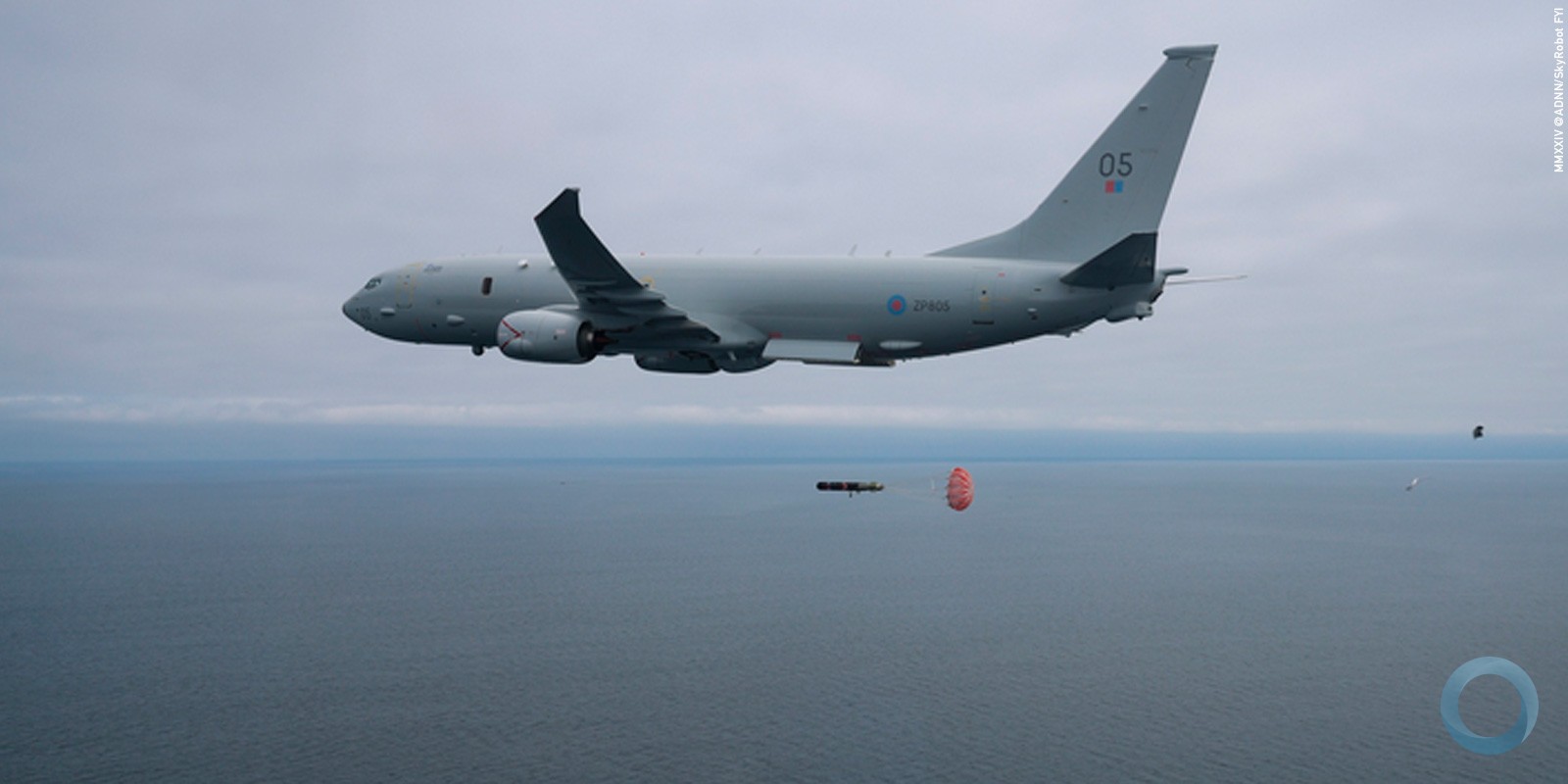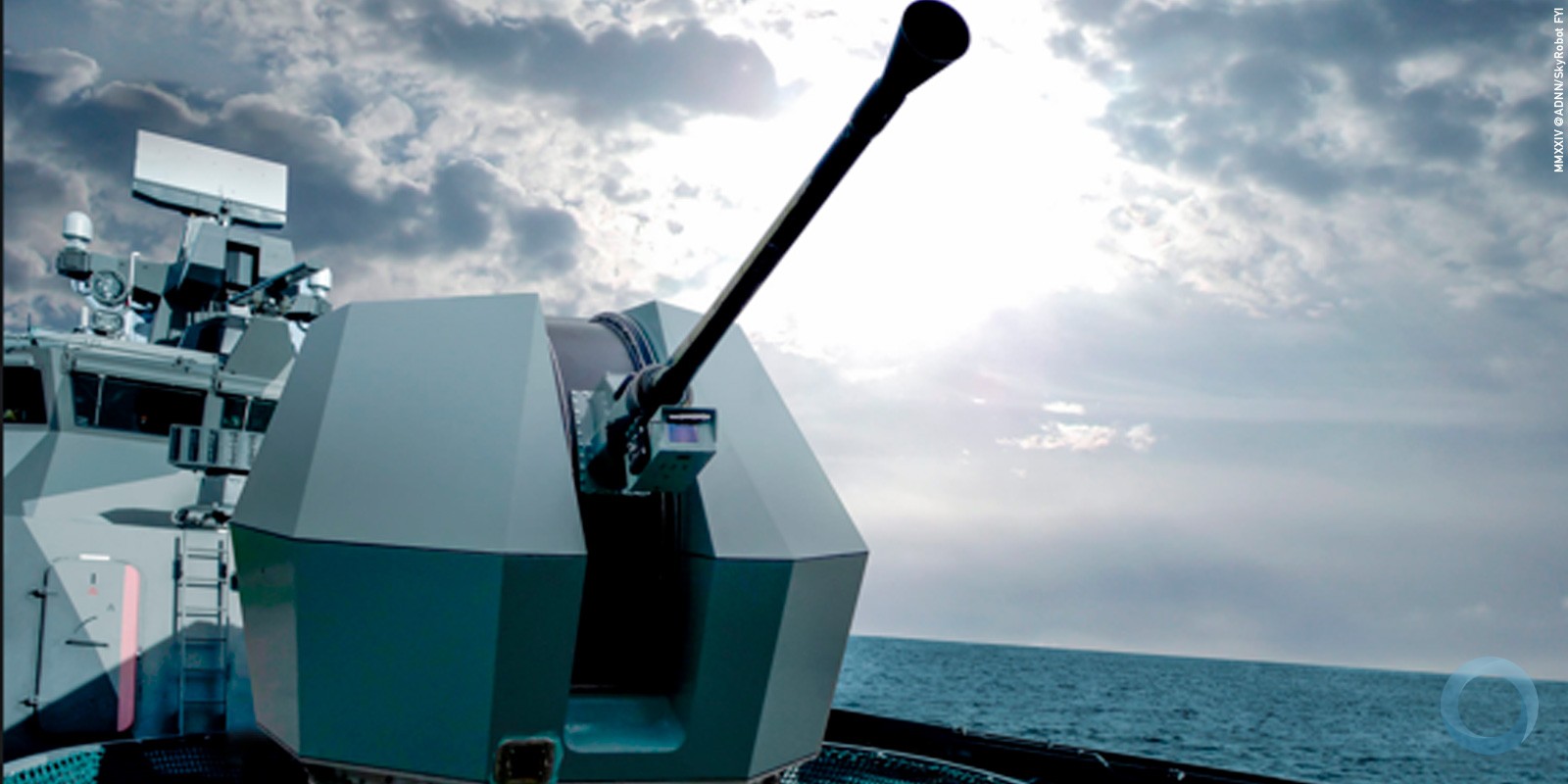![]() Versão em português
Versão em português
Andréa Barretto
For the Brazilian Army, February 18, 2017, was a date that made history. For the first time ever, 32 women walked through the doors of the Army Cadet Preparatory School (EsPCEx, per its Portuguese acronym), not just wearing a badge of “student” on their chests, but also excited to be members of the first female class to start official combat training in the Brazilian Army.
“I feel honored to have the opportunity to enter this school. It’s a joy to serve as a role model for other young women who want to come here and show that we can add this role in the Army,” stated Bibiana Sartori Chagas, a 20-year-old student who is one of the young women in this groundbreaking 2017 class.
Women’s participation in the Army is not without precedent. In 1823, Maria Quitéria de Jesus fought alongside other soldiers for Brazilian independence; during World War II (1939-1945), 73 Brazilian nurses served in various U.S. Army hospitals; and in 1992, the Brazilian Army Leadership Academy enrolled its first class of 49 women, admitting them into that institution’s Auxiliary Officer Corps.
But until now, female service members were limited to support duties such as administration, health care, and teaching. The innovation is women’s entry into combat career paths.
“Combat career paths are those in which a service member takes a direct part in the Army’s core mission, which is to be prepared to defend the homeland. When people imagine a soldier in combat – a soldier who is going off to war – that soldier is following a combat career path,” explained Colonel Gustavo Henrique Dutra de Menezes, commander, and director of EsPCEx.
Therefore, with the training initiated at EsPCEx, now to include women, the Brazilian Army is opening up space for them to integrate; for instance, being part of a Border Squad where they take charge of a patrol mission. “The possibilities are the same for women and men. That’s why the training here is going to be the same for everyone,” Col. Dutra clarified.
Far from home
Student Bibiana Chagas thinks it is still early to define exactly what role she hopes to fill as a service member several years from now. “What I want most of all is to meet the expectations I have for myself and to fully develop myself in my career field, regardless of the role I end up filling.” But, imagining the future, she shares one of her main desires: “If I had to share one dream today, I would say that it’s to take part in a foreign mission.”
Her familiarity with military culture began at Santa María Military School, in Santa María, Rio Grande do Sul, where she went to high school. “I didn’t have any members of the military in my family, but at school, I developed great admiration for that field, and I began to think that I might be able to have opportunities in that area,” she stated. That was what motivated her to enroll, in early 2016, in the first competitive admissions for the EsPCEx that included openings for women.
Over the last year, Chagas had to align her commitments as a student in law school with her military qualification training, as well as the competition prior to her academic and physical tests, among other requirements.
To get a sense of the academic testing, Chagas enrolled in a course specifically oriented towards the competition. She undertook physical training with help from teachers at the military school. Training included daily runs and weight training sessions, “mainly so that I could perform sit-ups and pushups,” she recalled.
But the effort and dedication, which culminated in her qualifying for EsPCEx, has not been the most difficult part for Chagas. “The most difficult thing for me, and for most students here, I think, is being far from home, away from our families. That’s the hardest part,” the young servicewoman said. “But of course, everything is under control. I think I’ve been quick to adapt. I’m now able to say that I am very happy to be here.”
From EsPCEx to AMAN
The 406 students enrolled in EsPCEx follow a routine from Monday to Friday. After dinner on Fridays, they may leave campus until 22:00 on Sunday.
Instruction includes three military disciplines, and eight different study subjects: chemistry, physics, calculus, history, cyber defense, Portuguese, Spanish, and English. They also participate in daily physical training exercises.
At the end of the first year of training, students who have met the qualifications are promoted to the rank of cadet, and they leave EsPCEx to enter the Brazilian Military Academy at Agulhas Negras (AMAN, per its Portuguese acronym). After four years at AMAN, the service member is promoted to officer candidate. “That is where the service member enters our career path, which goes all the way up to the rank of general,” Col. Dutra stated.
At AMAN cadets undergo one more year of basic training. Afterward, they choose their weapon and the service unit where they want to be stationed. “Within the combat career path, there are weapons, corps, and duties. All of these areas are combat-related. Women, according to current legislation, have access to the Office of Military Operations and the Military Equipment Corps,” Col. Dutra explained.
The Office of Military Operations and the Military Equipment Corps are part of a logistical operations system where women will face issues such as how to maintain weapons, vehicles, food, and general supplies.
Col. Dutra has positive expectations for this new development. “This change shows that the Land Force is moving forward. Historically, wherever women have gone, they have added a lot of value. There is no doubt that this will also occur in the Army’s combat career path. It seems to me that this is quite a positive development.”
The military profession: multiple career paths
As for the opportunities available in the military, Col. Dutra said there are four career paths: scientific-technical, health care, support services, and combat duties.
The scientific-technical path goes through the Defense Engineering Institute. In the area of healthcare, there is also an entry path through the Army School of Health and the competitive admissions geared toward clinicians train at Brazilian institutes of higher education. To serve in a support area, competitive admission to the School of Support Training is a possibility. As for the combat career path, entryways include EsPCEx, AMAN, the Quartermaster School, or the Army Aviation Training Center.
Public Law 12.705, established in 2012, provides for female inclusion in the teaching of war studies. That regulation provided a five-year period for the Armed Forces to adapt to the provision. “The Army deemed that we should use the full period to get ready to overhaul our facilities, putting the appropriate structures in place, with separate dormitories, restrooms, showers, etc. That’s why it’s only now that the first female class is arriving at our school,” Col. Dutra noted.
Admission to the Quartermaster School and the Aviation Training Center is planned to begin in 2018.
Read more:
 |
Women in Military Careers in the brazilian Armed Forces [Link] |





























